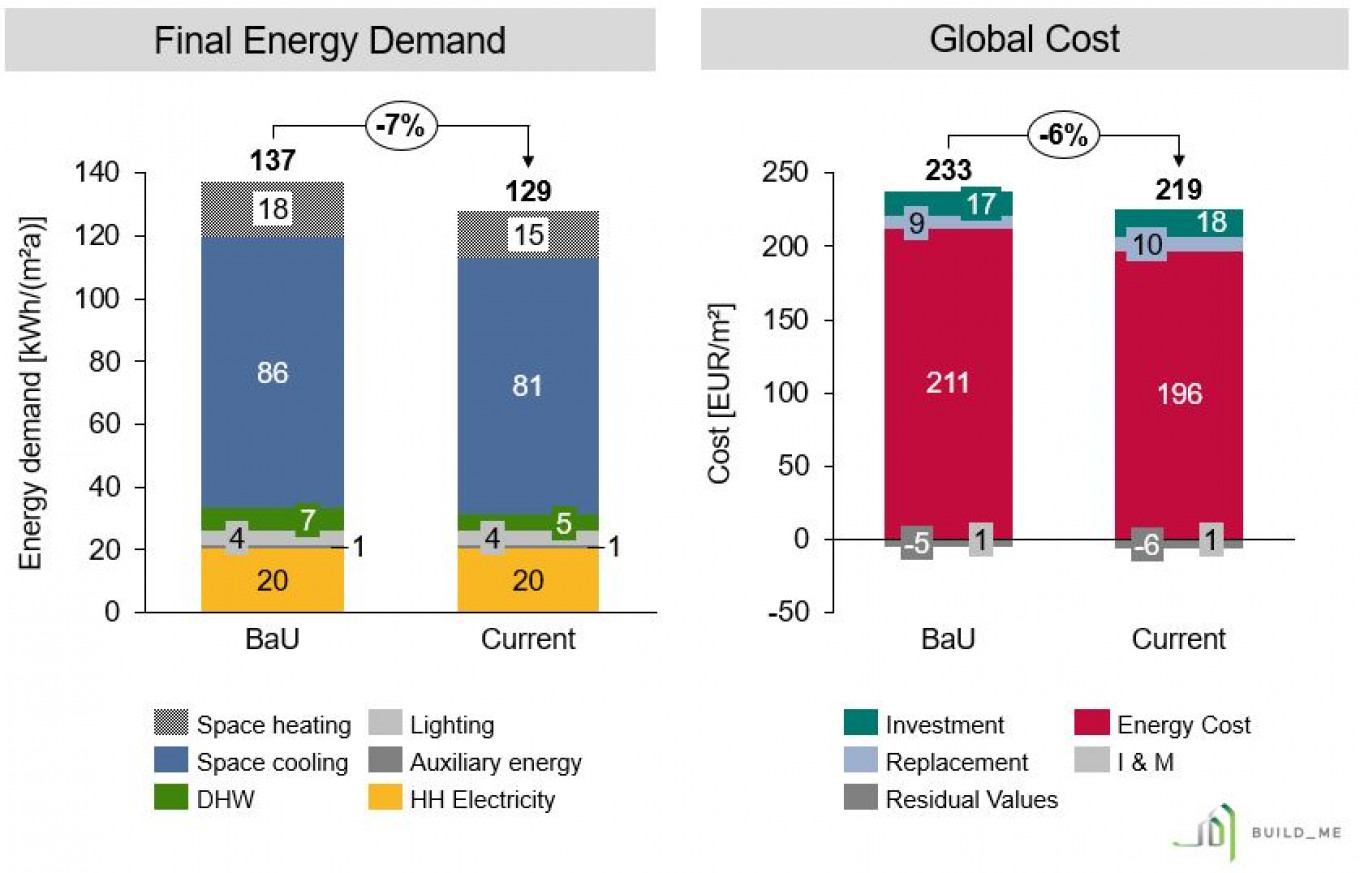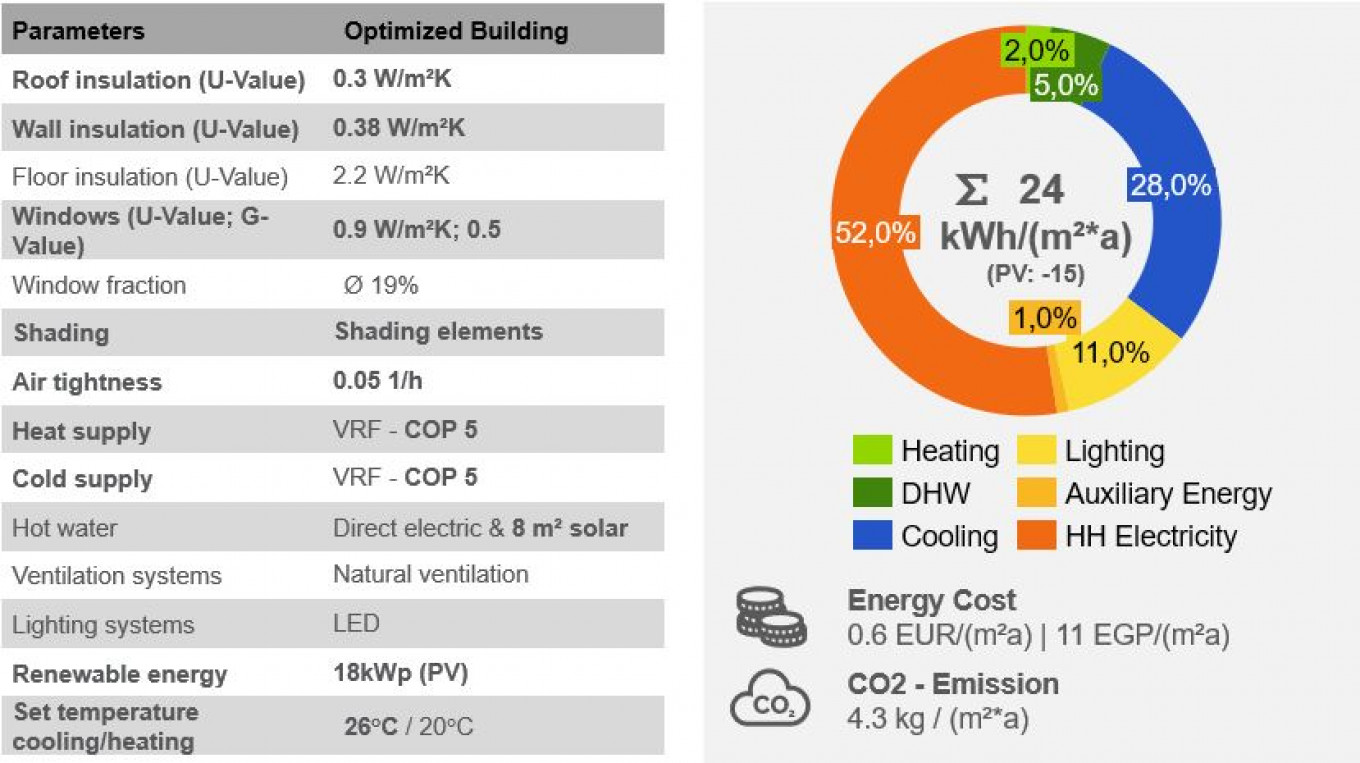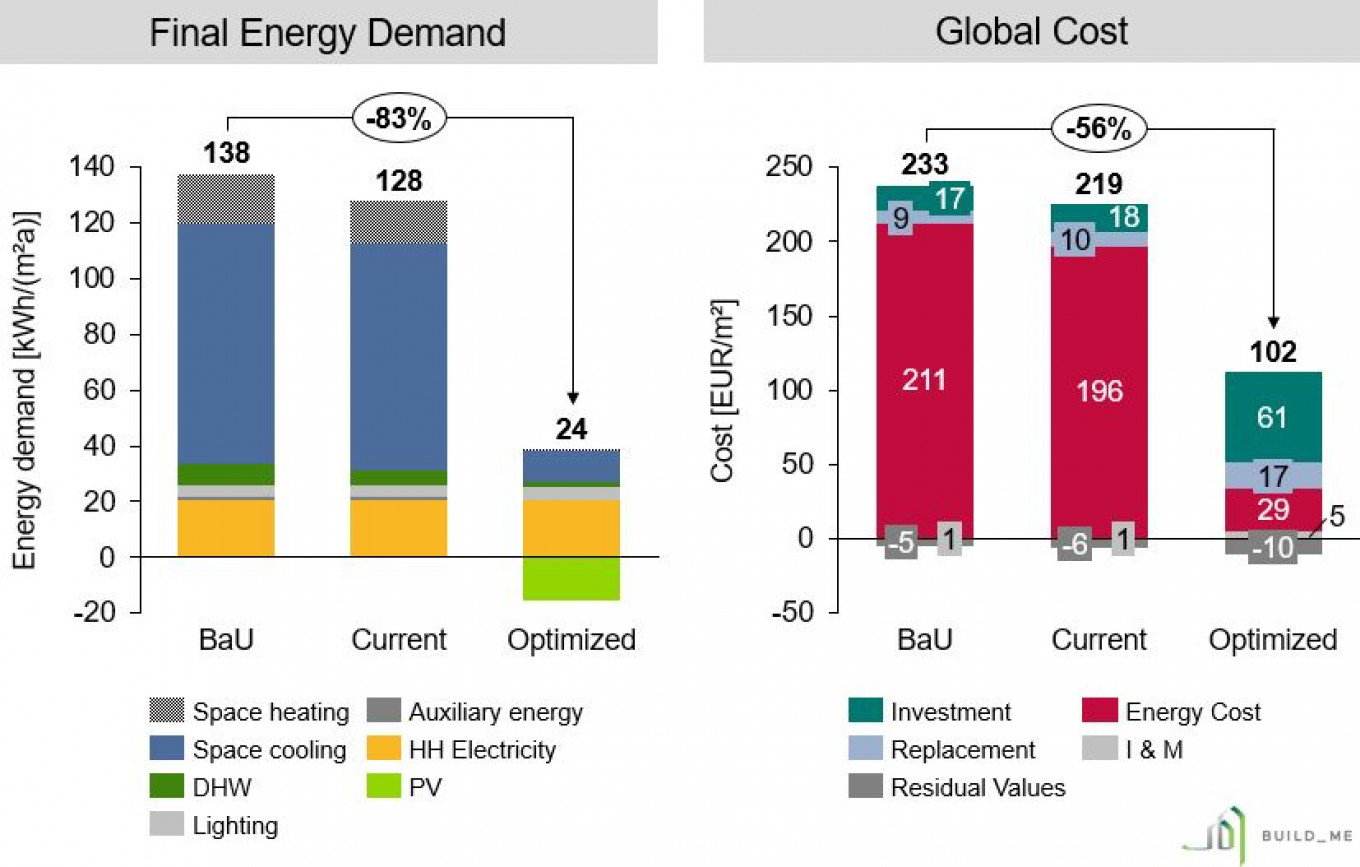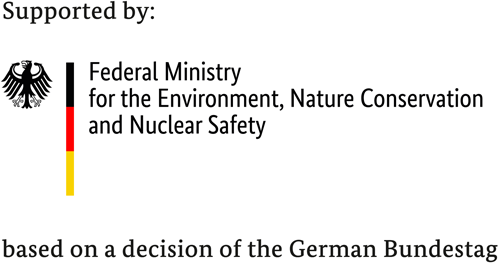Palm Hills, Badya (Egypt)
General Information
A compound consisting of villas and multi-family houses, office parks, retail, hotels, educational, health care, and mixed-use areas. The project is located in 6th of October City and is spread over 7,2 million square metres. The BUILD_ME team will focus on providing energy efficiency recommendations for one representative building.
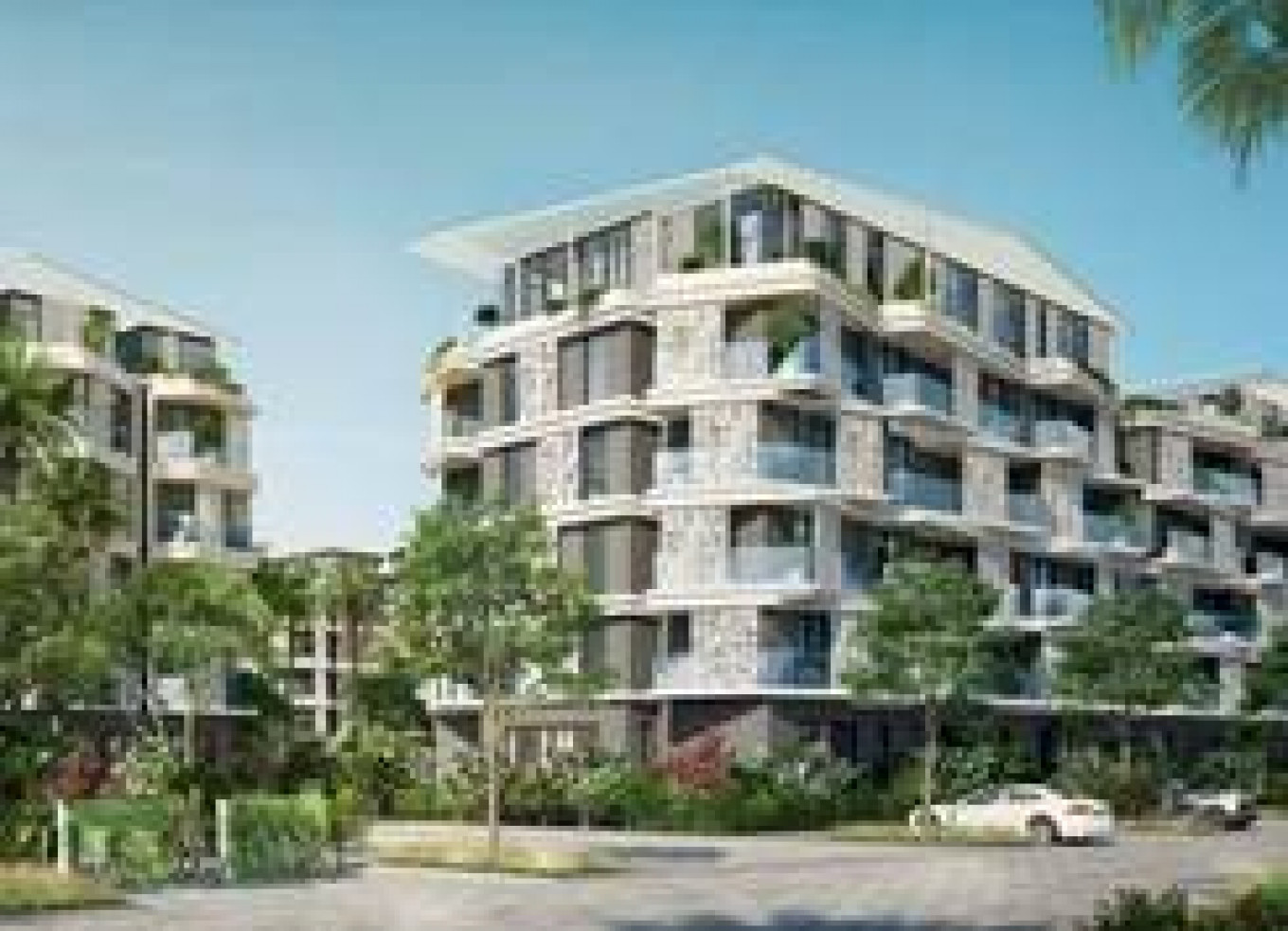
The project aims to creating a place that provides residents with the high levels of comfort based on smart tech solutions facilitated by an advanced internet network for smoother living and entertainment conditions. Its target groups are upper middle-class housing for families in Greater Cairo. The compound is composed of a diverse range of residential units including villas, multifamily house, in addition to office parks, retail, hotels, educational, health care & mixed use. The project will also comprise of several carefully designed services and facilities. The total project area includes: 7.2 Million sqm residential, 1.5 Million sqm of commercial, retail, educational, hospitality & others. BUILD_ME will focus on one multi-family house (MFH).
Baseline vs. current situation
Comparing the baseline which represents the business as usual for the specific building type in the given country with the current planning details provided by the project developer as shown in Figure 1 it can be stated that:
- The global cost of the BAU construction of such building are around 233 euro/m² and with that higher than the proposed design cost which are calculated as 219 euro/m². That is equal with global cost savings of 6% from the current planning to the BAU.
- Furthermore, the current planning is more energy efficient in comparison to the BAU cases (final energy savings of 7%).
Optimized solution
The analysis of the cost optimal energy efficiency and renewable energy measures have resulted in the following key components illustrated in the table below as shown in Figure 2. It shows that the building envelope is significantly enhanced compared to the business as usual and current plan. Special attention is given to the use of renewable energy sources in terms of PV (for electricity). This leads to energy savings and emission reduction.
Results
The suggested measures of the optimized case lead to a significant decrease in energy demand and cost savings as shown in Figure 3. The energy savings are 72 % compared with the baseline (BaU), while in terms of global costs savings reach 56% for the optimized solution.

